Review: Starlink is a fast internet on-ramp for rural cattle operations
This is my personal experience signing up for and installing Starlink's internet service
My own struggles with Internet began during the pandemic. We live in a rural area in Idaho. Our county is the No. 20 dairy county in the U.S, and cows outnumber people 6-to-1 where I live.
While we have fiber internet in some areas in-town, it’s not available down my country road. Prior to 2020, I was using a cellular hotspot to connect to the internet.
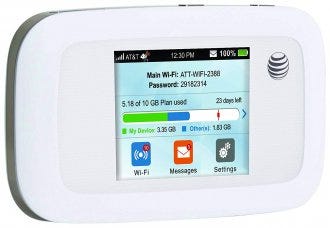
The COVID-19 pandemic revealed this internet connection was not sufficient enough. Having all of my kids home and connecting to virtual schooling proved I needed something faster. What I was able to find was a radio signal connection that required a clear line of sight to a nearby tower. The cost: $95 per month.
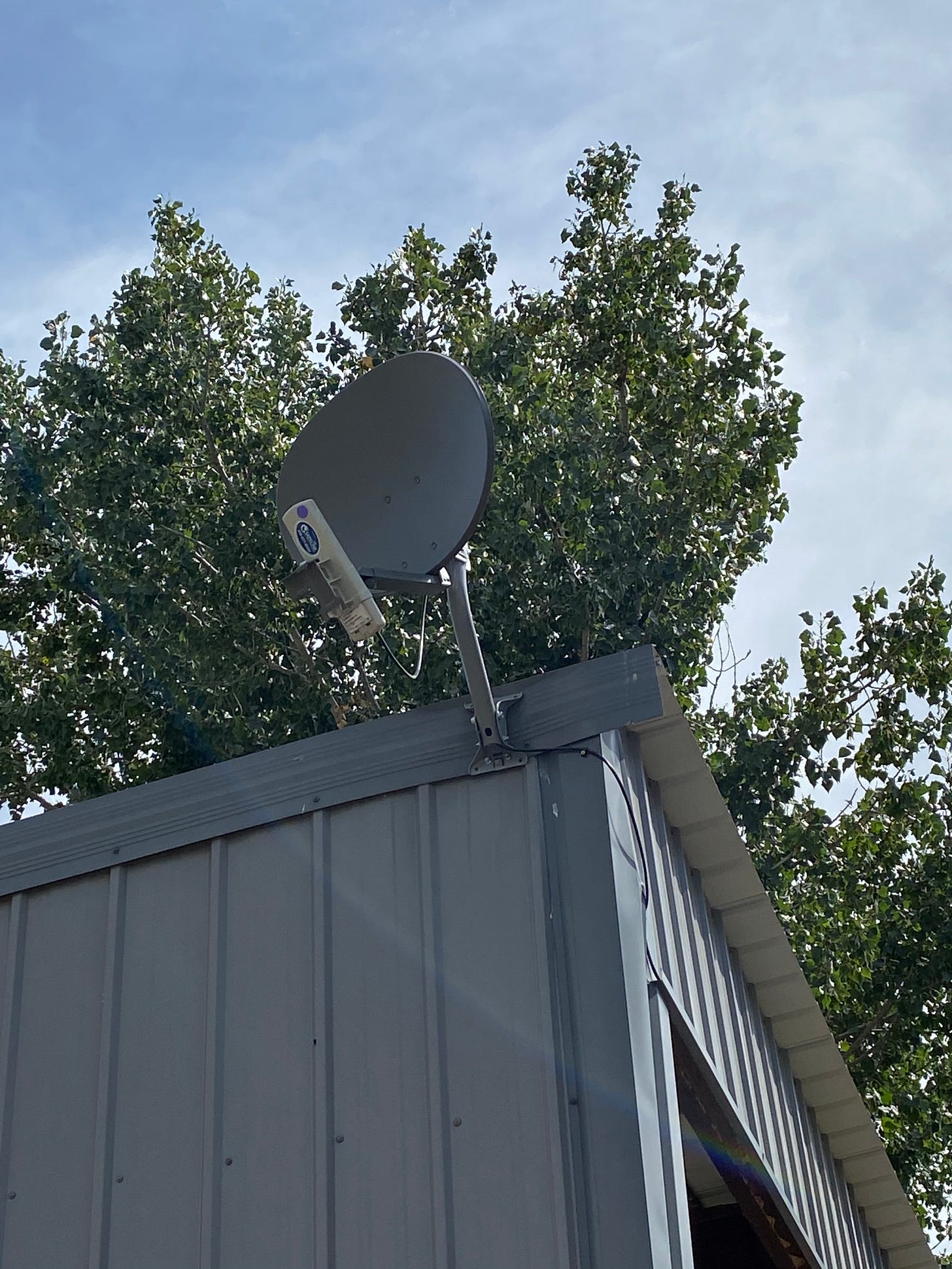
About the same time that I signed up for this internet I also got on the wait list for Elon Musk’s Starlink satellite internet. The cost was a $100 deposit to get on the waitlist.
My first interaction with Starlink was one summer two years ago when I watched from my in-laws’ drive-way a mysterious group of stars in the sky. These starlike lights would drop from a certain point in the atmosphere, whizz across the starry sky and then disappear again across the horizon. They all followed the same path and were equidistantly spaced. We counted about 60 of them that night. We thought we were witnessing a missile test or maybe a UFO event. When I got home, I Goggled the phenomenon and discovered it’s officially called the Starlink constellation.
Later I was offered an invite to be part of the beta group of Starlink users in my area. At the time, I didn’t want to be testing something while my kids relied on 100 percent uptime for school, so I passed. Now I’m glad that I did because I like the look of the second-generation receiver much better than the first-generation receiver.
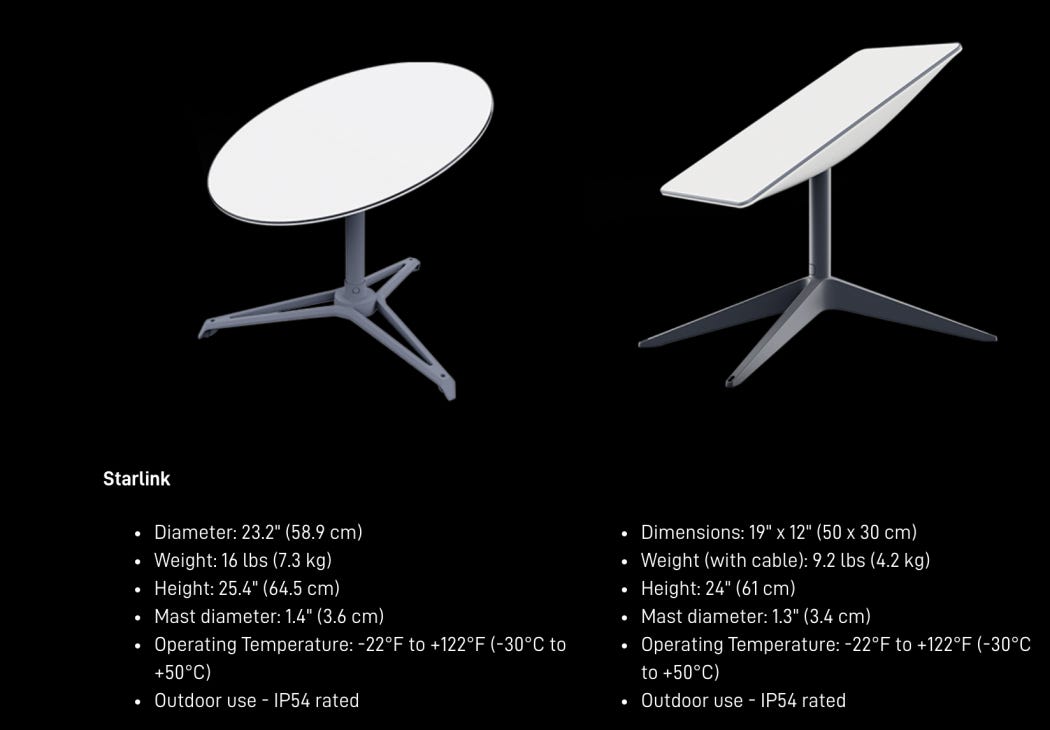
Earlier this year I got a notice that general Starlink service in my area was now available. I signed up immediately.
Signing up requires paying the remainder of the $500 equipment cost and agreeing to a monthly internet charge. When I first signed up, the monthly charge was $99, but they recently increased the price to $110 “to keep pace with rising inflation.” They ship you your equipment and then you install the dish yourself.
Even with the price increase, Starlink is still the best rural internet experience I have found.
The equipment comes with a receiver, cable and wireless router. Set up took me less than 30 minutes. If you are serious about getting Starlink, I would recommend you download the company’s app first. Even without an account, you can test where on your property is the best location to place the small satellite dish they will send you.
I didn’t check my property before my equipment arrived and discovered that to permanently install my receiver in the most ideal location I would need a bracket. The company sells brackets specifically tailored to fit their equipment. I found an L-bracket on their website and ordered it. I didn’t receive it for 10 days and had to settle for a temporary installation.
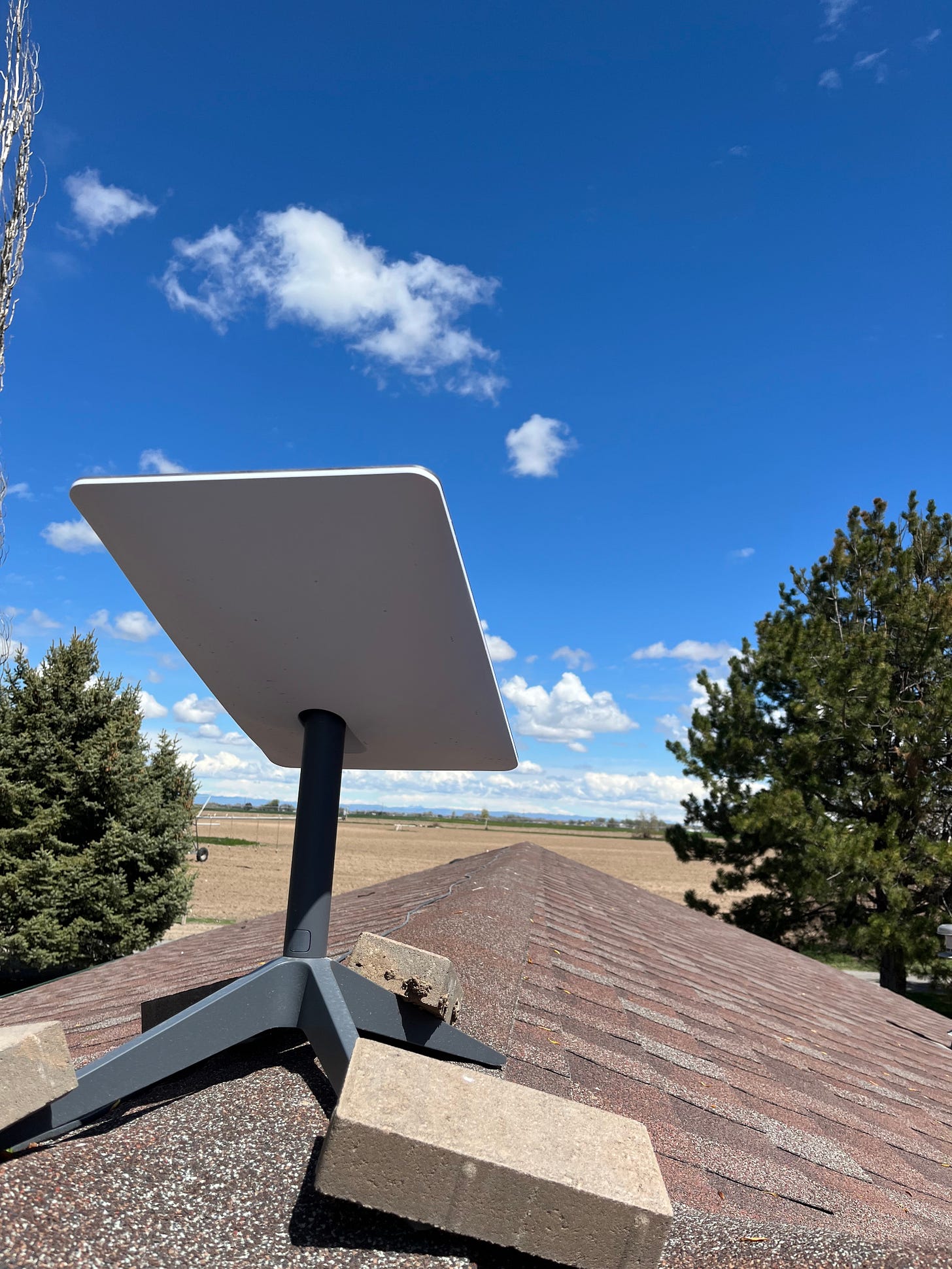
Most likely your Starlink connection will require a position that is north-facing. Beware that tall trees will disrupt the visibility of the receiver. You’ll likely want to install the equipment near the highest point of your home or property and away from trees.
After I got my Starlink installed, I did a test of all three internet services while I was still paying for all of them to see how their speeds compared. (Here’s the speed test site that I used if you want to test your own speed.)
These were my results:

As you can see, Starlink is far superior to the other two options that I had available to me previously. All four of my kids can now be on the internet at the same time without any of them complaining.
In conclusion, if your farm or ranch has fiber internet access, you probably are still better served using it for connectivity. But if that option is not available, I would suggest you seriously consider Starlink. It’s now available in most places in the U.S. and Canada, or soon will be.
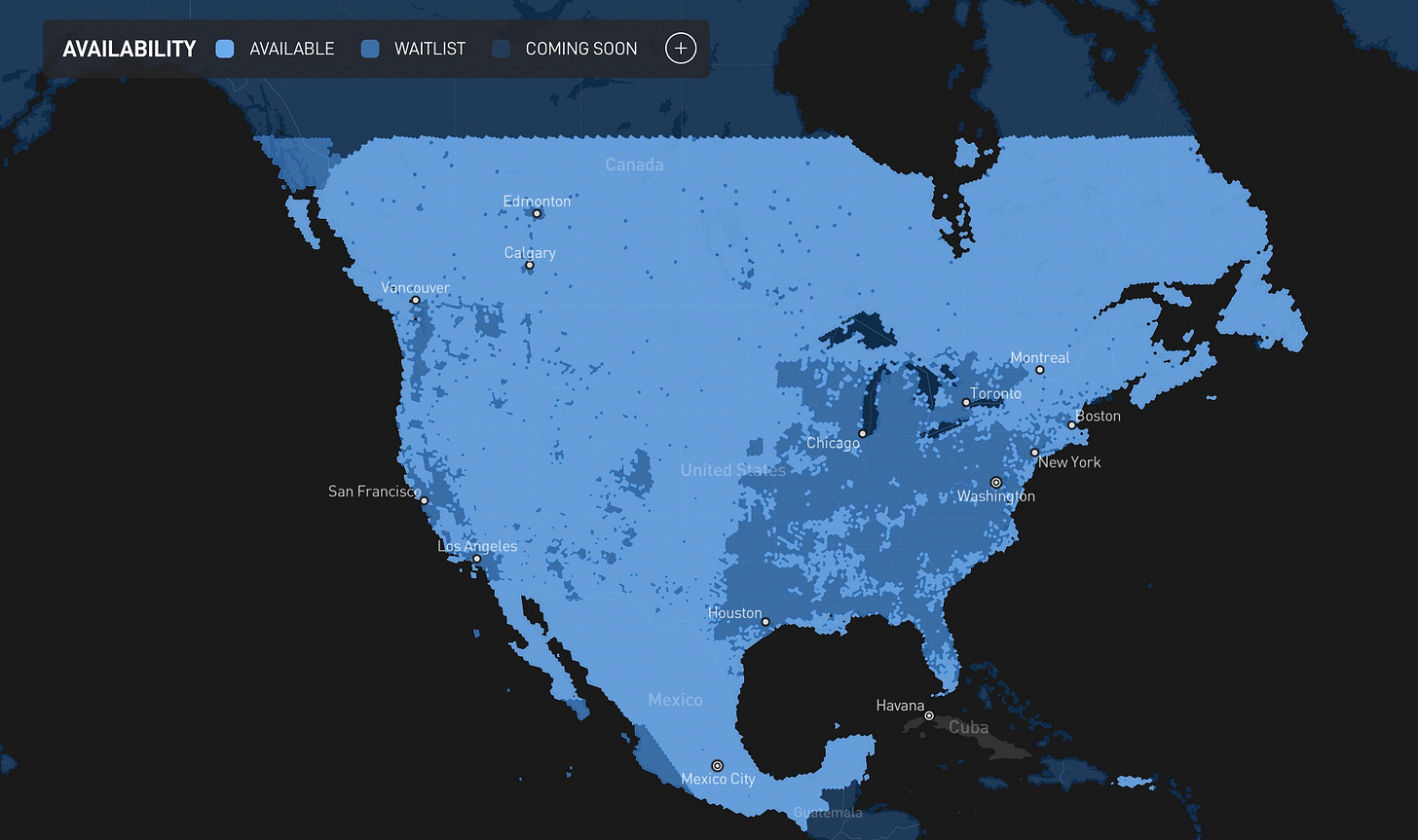
You can get on the company’s waitlist at any time with a $100 deposit. They will notify you when the service is available in your area. Plus, one ag tech company is offering to pay your deposit if you demo their service.

Starlink is a really exciting prospect for rural agriculture to finally be able to connect to the internet at speeds similar to those of other consumers who live in more populated areas. So finally I know what it’s like to have a Netflix movie never pause while streaming a show for date night.
Note: I did not receive any compensation or any special discounts from Starlink for this post. These experiences are my own and paid for out of my own pocketbook.
Let me know if you have questions about Starlink with a comment below. I’ll do my best to answer from what I know from my own experience. Do you have Starlink too? I’d be interested to hear your experience with it below.





I'm glad you found a viable option for your rural home and great to see that you shared your information with others who may be in the same boat. From an IT guy: I appreciate seeing the speed test and hope to see others benefiting from your experience.
We ran into similar issue during a recent move to SD. We were on the Starlink waiting list and then Verizon Home became available by us. Speed tests are not as good as Starlink but it sufficiently manages work, gaming and school needs. Once the final house build is complete with a metal roof we may have to reconsider but for now the $60 a month is better than $100.